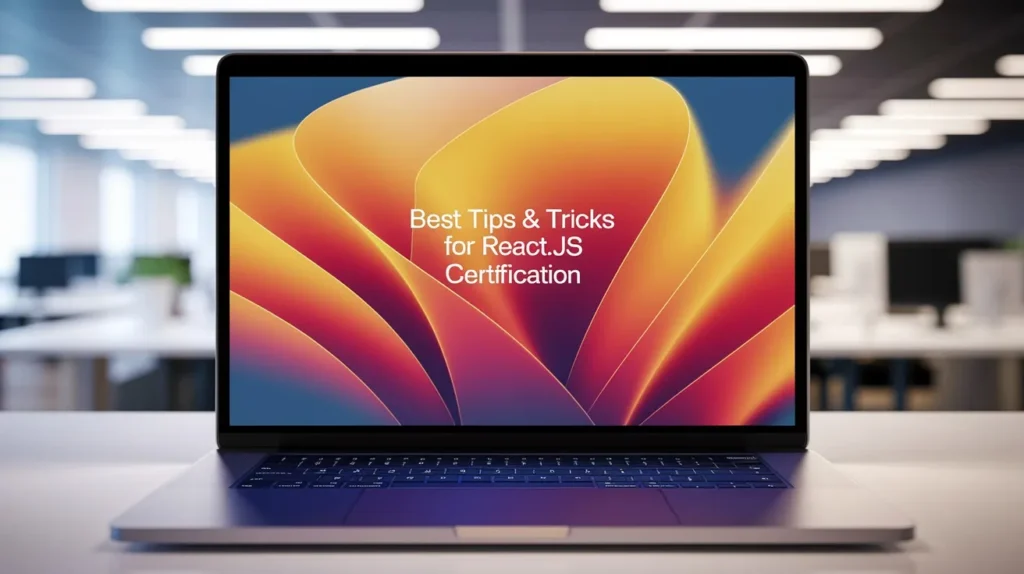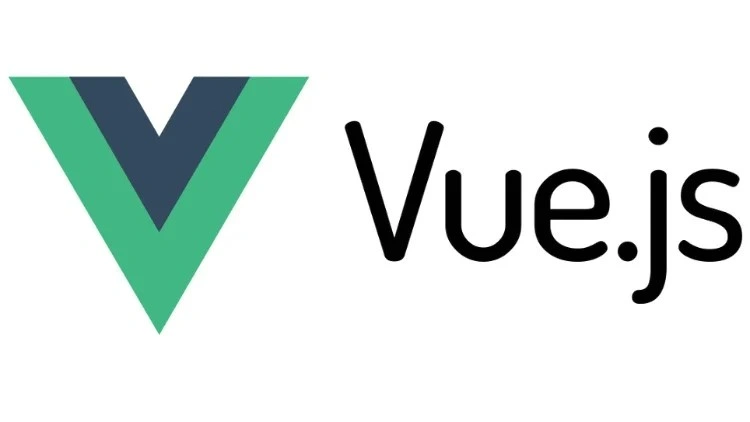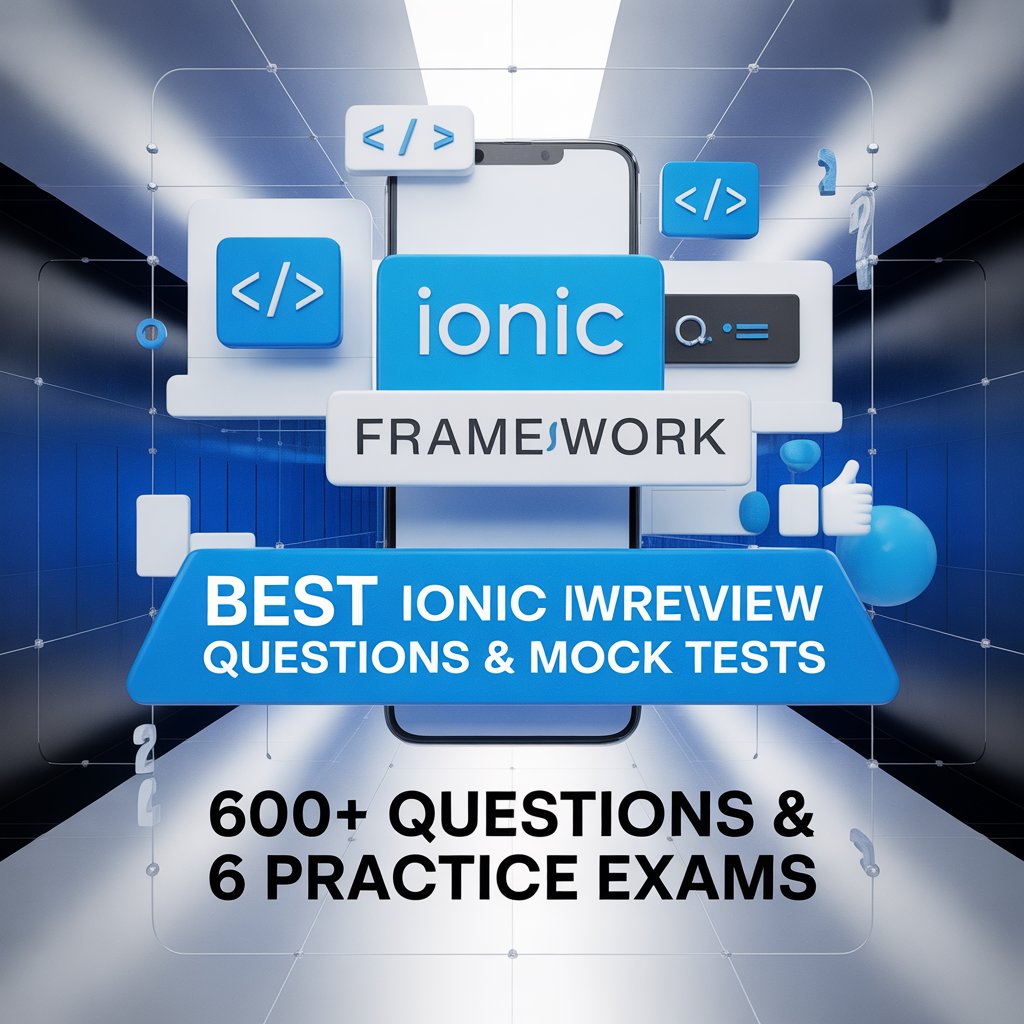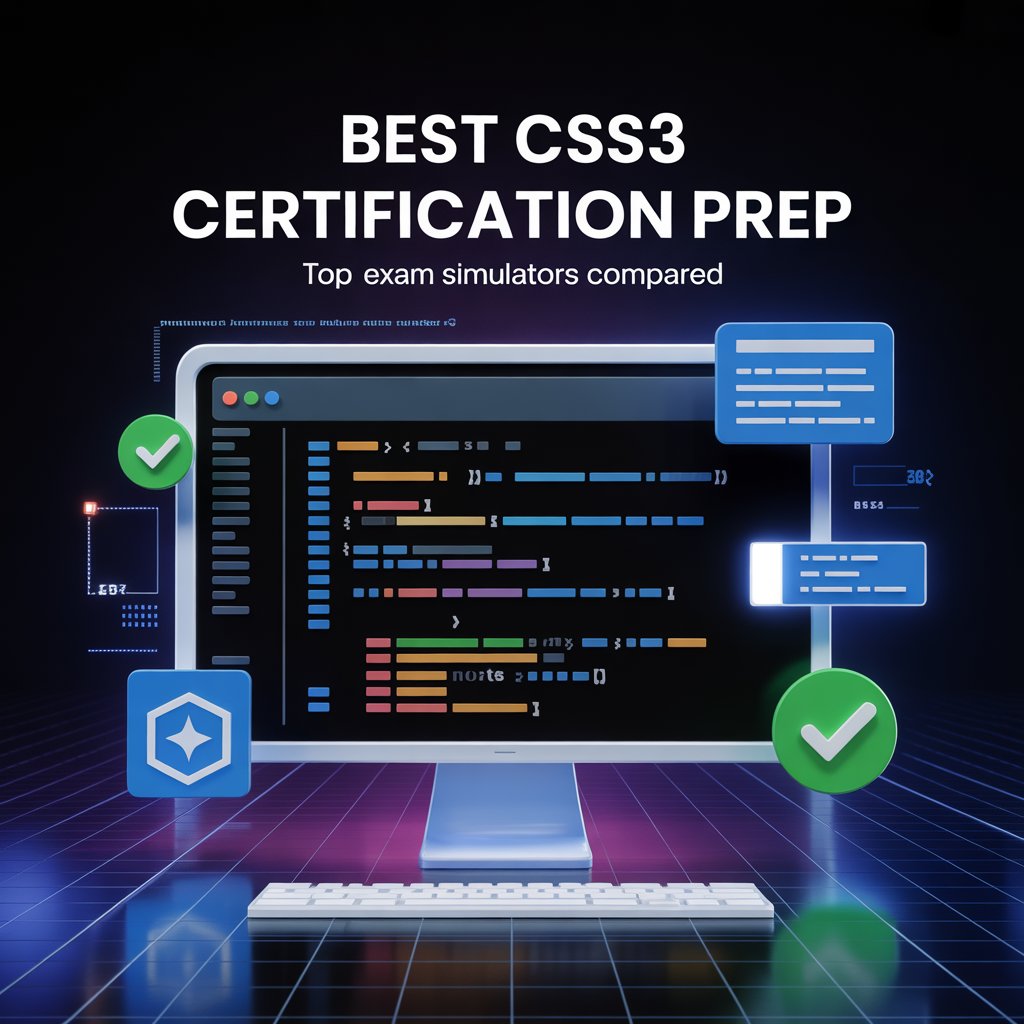Introduction
“Code’s like a puzzle—you just gotta find the right pieces to make it click.” – Me, after cracking a tough bug.
You’re staring down the React.js certification Test, and it feels like a big deal. This little piece of paper (or digital badge) could open doors to that dream front-end developer job at a hotshot tech company. But let’s be honest—the exam’s no joke. It’s loaded with stuff like hooks, Redux, and coding challenges that can make your palms sweaty. Feeling the nerves? I’ve been there. The good news? With the Best Tips for React.js Certification, you can walk into that test ready to knock it out of the park.
I’ve slogged through the prep grind myself, burning the midnight oil and learning what works (and what doesn’t) for my own React cert. In this guide, I’m spilling the React.js certification test strategies that got me over the finish line, mixed with stories from my journey, practical tricks, and a bit of fun to keep you hooked. Whether you’re gunning for a Udemy, Coursera, or pro-level cert, these React.js certification prep tips will set you up to shine. Let’s get to it.
Why These Tips Are Your Secret Sauce
React.js is the engine behind over 40% of today’s web apps—think Instagram, Netflix, you name it. A certification shows you can tame its quirks, from JSX to state management. But the exam’s a beast, testing everything from basic components to advanced Redux flows. The best tips for React.js certification aren’t just about studying harder—they’re about studying smarter, giving you the edge to How to pass React.js certification.
I’ve seen other guides out there, and they often skip the real-world stuff like handling exam stress or nailing time management. This blog’s got you covered with React.js exam success tips that match the test’s vibe. Let’s dive into the React.js certification study hacks that’ll make you unstoppable.
Tip 1: Get Cozy with Hooks
Hooks are the heart of modern React, and the exam loves ‘em. Since they dropped in 2018, hooks like useState, useEffect, and useContext have been game-changers, and you’ll see them everywhere on test day.
Why It’s a Big Deal: You’ll face questions like “How do you clean up a useEffect side effect?” or tasks to whip up a custom hook. If hooks trip you up, you’re losing points.
How to Crush It:
Dig In: Get the lowdown on useState for state, useEffect for side effects, and useContext for sharing data. The React.dev docs are your best friend here.
Code It: Build little apps, like a note-taker, using only hooks. Gururo’s React.js certification practice tests have great hook questions to practice.
Quick Notes: Scribble down hook patterns, like useEffect cleanup with return () => {}, for last-minute reviews.
My Story: I thought I could skate by with class components—big mistake. A practice test’s useEffect question hit me hard. I spent two weeks coding hook apps and never looked back.
My Trick: Use “SERC” (State, Effect, Reducer, Context) to remember the big hooks.
Neat Fact: Hooks cut React’s code bloat by up to 50% compared to class components. No wonder they’re everywhere!
Tip 2: Lean on Mock Tests
Mock tests are like a sneak peek at the real exam, helping you spot your weak spots and get comfy with the pressure. They’re a must for acing the test.
Why It’s a Big Deal: The exam mixes multiple-choice, coding, and scenario questions. Gururo’s React.js certification practice tests cover all these, giving you a feel for the real thing.
How to Crush It:
Do a Few: Take 3-5 full-length tests on Gururo to hit topics like hooks, Redux, and accessibility.
Learn from Flubs: Go over wrong answers to fix gaps, like Redux thunks or lazy loading.
Mimic the Exam: Take tests in one go, timed, to prep for the 90-minute sprint.
Friend’s Win: My pal Priya bombed her first mock with a 60%. Three weeks of Gururo’s React.js certification practice tests got her to 90% on the real deal.
My Trick: Treat mocks like the actual exam—same time, same focus. It builds grit.
Wise Words: “Practice isn’t just prep; it’s proof you’re ready.” – Some coder, somewhere.
Tip 3: Own Your Time
The React.js cert test is a race against time, cramming 50+ questions into about 90 minutes. If you’re not careful, one tricky question can eat up your clock.
Why It’s a Big Deal: Getting stuck on a tough one means skipping others, which tanks your score.
How to Crush It:
Scan First: Glance over the exam to pick off easy questions, like quick MCQs.
Set a Pace: Give ~1 minute per multiple-choice, 10-15 minutes per coding task, and save 5 minutes to check your work.
Keep Moving: If a question’s got you stumped, mark it and come back.
Practice Speed: Use timed Gururo tests to get faster.
My Story: I wasted 12 minutes on a Redux question in a mock test. Practicing with a timer helped me finish my real exam with 10 minutes to spare.
My Trick: Follow a “30-second rule” for MCQs—if you’re not sure, guess, mark, and move on.
Cool Stat: Good time management can boost test scores by up to 15%, studies say.
Tip 4: Keep Your Code Simple
You’ll face coding tasks, like building a counter or a form. Some folks try to show off with fancy code, but that’s a trap.
Why It’s a Big Deal: Over-the-top code takes longer, invites bugs, and confuses graders who want clean, working solutions.
How to Crush It:
Stay Basic: For a counter, stick to useState and simple JSX—no need for Redux or custom hooks.
Plan It Out: Jot down your approach, like “Track inputs with useState,” before you code.
Practice Lean: Code 10-15 challenges on CodeSandbox, aiming for short, functional solutions.
My Story: My buddy Raj went wild with a custom hook for a basic form task and ran out of time. He practiced minimalist coding and hit 91% on his redo.
My Trick: Think like you’re explaining your code to a friend—clear and to the point.
Neat Fact: React’s all about simplicity, with hooks slashing boilerplate code compared to old-school classes.
Tip 5: Don’t Sleep on Accessibility
Accessibility (a11y) is a big deal in web dev, and the exam tests it, checking if you can make apps that work for everyone with ARIA roles and semantic HTML.
Why It’s a Big Deal: Miss an a11y question or code a non-accessible component, and you’re tossing points away. Plus, it’s a skill bosses love.
How to Crush It:
Learn the Ropes: Check out WCAG guidelines and ARIA basics, like aria-label for buttons.
Code Smart: Add semantic tags (think <main>, <nav>) and ARIA roles to your components.
Test Yourself: Gururo’s React.js certification practice tests often have a11y questions to practice.
My Flub: I blew off a11y prep, thinking it was a side note. An ARIA question stung me in practice. Now, I test my components with a screen reader to catch slip-ups.
My Trick: Use “SARI” (Semantic, ARIA, Readable, Interactive) to keep a11y in mind.
Cool Stat: About 1 in 6 web users needs assistive tech. Nailing a11y helps them and your score.
Tip 6: Read Questions Like a Pro
Exam questions are sneaky little devils, with wording like “Which hook won’t cause a re-render?” or “Fix this to stop an infinite loop.” Skimming can screw you over.
Why It’s a Big Deal: Misreading flips right answers to wrong ones, even on stuff you know cold.
How to Crush It:
Read Slow: Scan each question twice, circling words like “not” or “prevent.”
Rephrase It: Mentally rewrite it, like “What avoids a re-render?”
Practice Sharp: Gururo’s quizzes are great for catching tricky phrasing.
My Oof: I misread a “stop infinite loop” question as “make one” in a mock. Lost points for nothing. Now, I read like I’m solving a mystery.
My Trick: Pretend each question’s a riddle—every word counts.
Cheeky Quote: “Details are where the bugs hide—and the wins.” – Me, maybe.
Tip 7: Keep Your Cool
Exams are stressful as heck. A tough question or a stubborn bug can send your brain into a tailspin, eating time and messing with your focus.
Why It’s a Big Deal: Panic clouds your thinking, turning easy questions into hard ones.
How to Crush It:
Breathe Easy: Stuck? Take three slow breaths and move on.
Picture the Win: Imagine yourself acing the test during prep.
Train for Stress: Do timed Gururo tests to get used to the heat.
Night Before: Get 7-8 hours of sleep and skim key notes, like hook patterns.
My Moment: A coding task had me freaking out during my exam. I took a deep breath, broke it down, and finished with time to spare.
My Trick: Try the “3-2-1” breath: inhale for 3 seconds, hold for 2, exhale for 1. It’s magic.
Neat Fact: Deep breathing can cut stress hormones by 20%, clearing your head.
Tip 8: Double-Check Your Work
In the race to finish, lots of folks hit “submit” without looking back. That’s a rookie move that can cost you.
Why It’s a Big Deal: Typos in code or picking the wrong MCQ option can drop your score. A quick check saves points.
How to Crush It:
Save Time: Leave 5-10 minutes to go over your answers.
Scan MCQs: Watch for misclicks or skipped questions.
Test Code: Make sure coding tasks work, like checking if a form submits.
Build the Habit: Practice reviewing during mock tests.
My Win: I caught two wrong MCQs in my exam’s final check, pushing my score from 87% to 92%.
My Trick: Start your review with coding tasks—they’re worth more points.
Cool Stat: Reviewing can boost test scores by up to 10%, according to education research.
Your 6-Week Plan to Win
To make these React.js exam success tips work, here’s a game plan:
Weeks 1-2: Nail hooks and basics with React.dev and FreeCodeCamp.
Weeks 3-4: Practice coding and debugging with CodeSandbox and Gururo’s React.js certification practice tests.
Weeks 5-6: Work on time management, stress control, and reviewing with timed mocks.
My Hack: Study 10-15 hours a week, mixing theory (docs, MCQs) with hands-on (coding, tests).
Quick Chat:
“I’m stressing about the test!”
“Relax—start with hooks on React.dev, then try Gururo’s tests. You’ll be fine.”
Extra Goodies
Books:
- Learning React by Alex Banks and Eve Porcello: From newbie to ninja.
- Road to React by Robin Wieruch: Learn by doing.
Tools:
- CodeSandbox: Spin up React apps in a snap.
- ESLint: Keeps your code clean.
Websites:
- Gururo: Killer React.js certification practice tests.
- React.dev: The official React go-to.
Communities:
- Reactiflux (Discord): Hang with React coders.
- r/reactjs (Reddit): Ask away and share wins.
Wrapping Up: Tips for Acing the React.js Certification Test
These best tips for React.js certification—getting hooks down, hitting mock tests, managing time, keeping code simple, nailing a11y, reading carefully, staying calm, and checking your work—are your roadmap to acing the exam. These React.js certification test strategies prep you for every curveball, from MCQs to coding tasks. Toss in Gururo’s React.js certification practice tests, and you’re ready to roll.
My cert prep was a wild ride, but these React.js certification study hacks turned it into a win. Like a wise dev once said, “Build it one component at a time.” Stay focused, keep it simple, and that cert is yours.
Your Next Move: Get started! Try a Gururo React.js certification practice test, code a quick app, or join a React community. Your win’s waiting—go grab it!
FAQs
What are the best tips for React.js certification prep?
Master hooks, practice with Gururo’s React.js certification practice tests, manage time, simplify code, and prioritize accessibility to ace the exam.
How can I manage time during the React.js certification test?
Scan questions first, allocate ~1 minute per MCQ, 10-15 minutes per coding task, and save 5 minutes for review to ensure you finish strong.
Why is accessibility important for the React.js certification test?
Accessibility questions test ARIA roles and semantic HTML, key for React.js exam success tips, as they’re part of modern web dev standards.
How do mock tests help with React.js certification prep tips?
Gururo’s React.js certification practice tests mimic the exam format, reveal weak areas, and build stamina for How to pass React.js certification.
What are some React.js certification study hacks for staying calm?
Use deep breathing (3-2-1 technique), practice under timed conditions, and visualize success to stay focused during the exam
















